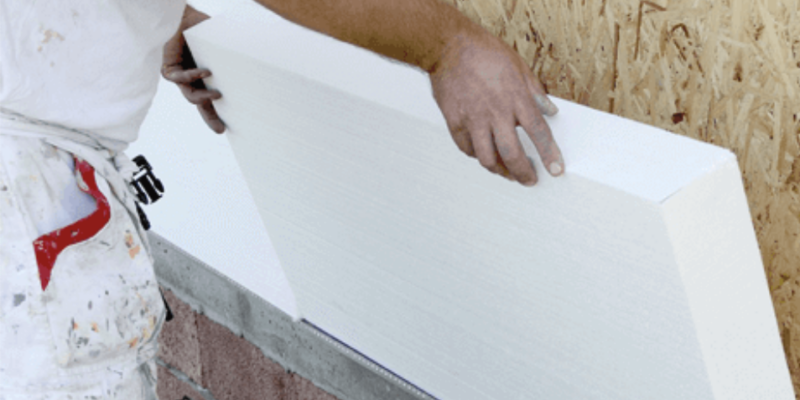Key Points/Overview
High phthalates include those with 7-13 carbon atoms in their chemical backbone, which gives them increased permanency and durability. Common types of high phthalates include diisononyl phthalate (DINP) and diisodecyl phthalate (DIDP).
Uses & Benefits
Colorless, odorless high phthalates are used in a multitude of products that demand high performance, long-lasting wear and durability. High phthalates are primarily used to soften or “plasticize” vinyl, due to their strong performance, durability and stability. They are tightly bound into the structure of the vinyl and do not easily migrate out of the product or evaporate.
While they can be used in a variety of applications, different types of high phthalates are not necessarily interchangeable. The characteristics of an individual phthalate often make it well-suited to a specific product, allowing manufacturers to meet unique requirements for its use (function and safety specifications), appearance (texture, color, size and shape), durability and wear.

Building and Construction
From energy-efficient roofing, to flexible adhesives and sealants, to durable interior finishes, high phthalates are used in building and construction applications to make a wide range of vinyl surfaces more durable and easier to maintain. Major uses of flexible PVC in buildings include: vinyl roofing membranes, resilient flooring, wall coverings, acoustical ceiling surfaces, waterproofing membranes and electrical cord insulation.

Wire and Cable
High phthalates are used in PVC insulation for electrical wiring that connects and supports electronic devices. For example, high phthalates may be used in the PVC that covers the electrical wiring of TVs and computers. Some of the many benefits of using high phthalates include low temperature performance, flexibility, heat resistance and electrical resistivity.

Automotive
Interiors, seat covers and interior trim in automobiles use vinyl softened with high phthalates because of their durability, UV resistance and ability to withstand high temperatures. Underbody PVC coatings and components in cars help prevent corrosion from water and weather.

Outdoor Products
Because high phthalates help make flexible PVC perform well in changing weather conditions – maintaining flexibility in cold conditions and resisting degradation in high temperatures – they are found in many outside products, including swimming pool liners, garden hoses, and roofing membranes and waterproof footwear, such as rain boots.

Textiles
High phthalates make coated textiles used to make clothing and luggage more durable and weather resistant.

Safety Information
High phthalates, such as diisononyl phthalate (DINP) and diisodecyl phthalate (DIDP), have been thoroughly studied and reviewed by a number of government scientific agencies and regulatory bodies world-wide, which have concluded that phthalates used in commercial products do not pose a risk to human health at typical exposure levels. Information collected by the Centers for Disease Control and Prevention over the last 10 years indicates that, despite the fact that phthalates are used in many products, exposure is extremely low—significantly lower than levels of concern set by regulatory agencies.
- In 2013, the European Chemicals Agency (ECHA) published an evaluation of possible risks associated with everyday use of DINP and DIDP by the general public. They concluded that there is no public health concern with the current uses of DINP and DIDP for children and adults, including use in gloves, footwear, wet weather gear, children’s school materials (pencil cases, school bags and erasers), shower curtains, artificial leather in homes and automobile interiors, wall and floor covering, wire and cables, etc. They also found that presence of DINP and DIDP in food or household dust did not result in a health concern.
- In 2017, Environment and Climate Change Canada (ECCC) published a similarly extensive draft risk evaluation of DINP and DIDP. ECCC found no concerns with the use of DINP and DIDP in articles like coated fabrics (upholstery and artificial leather), pool liners, gloves, PVC clothing, adhesives, sealants and coatings, etc. for children and adults. They also found no concern with the potential presence of DINP and DIDP in food and household dust. Overall, ECCC proposed to conclude that DINP and DIDP (among other phthalates) “do not meet the criteria under paragraph 64(c) of CEPA as they are not entering the environment in a quantity or concentration or under conditions that constitute or may constitute a danger in Canada to human life or health.”In 2017, the U.S. Consumer Product Safety Commission (CPSC) confirmed that DIDP can be used in sensitive applications like toys and childcare articles without any restrictions. It based this conclusion on the finding that DIDP poses no harm to children or pregnant women at current exposure levels.
- In 2018, the European Chemicals Agency’s (ECHA) Risk Assessment Committee unanimously concluded that DINP did not show adverse effects on the sexual function, fertility or development of the fetus. As a result, DINP is not classified for a reproductive and developmental hazard in the European Union.


